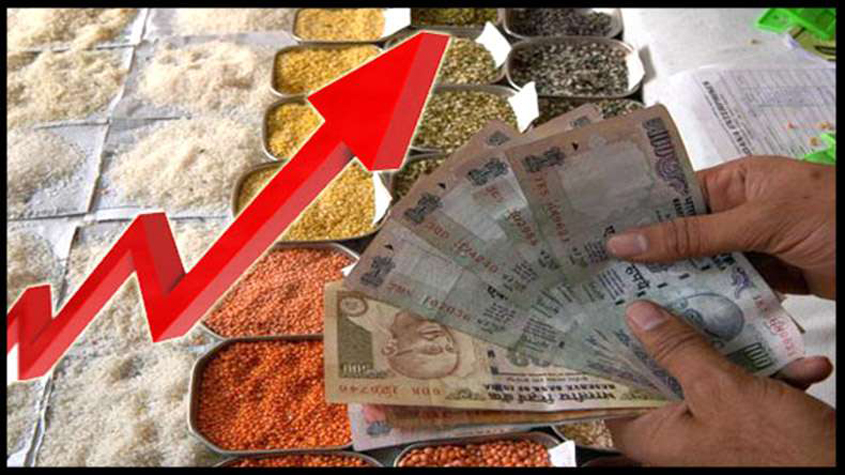Many expect the trend of falling food prices to continue in the coming months as well.
RBI has kept the target of controlling retail inflation at 5% by March 2017. Lower inflationary scenario “may provide an additional space to the RBI for further monetary easing in near term”, says India Ratings & Research. Many expect the trend of falling food prices to continue in the coming months as well. Moderate hikes in Minimum Support Prices (MSP), incentivising pulses production, timely import of pulses shortages, and heavy hand on hoarders are some of the measures undertaken by the government to ease food inflation in the country. Arrival of the seasonal vegetables in the market has turned vegetable inflation to negative at (minus) 7.2%. Pulses inflation has somewhat moderated in September to 14%. Pace of increase in sugar prices, however, remains high at 25%. Government data also shows the increase in fuel inflation at 3%, which might further inch up as crude is inching its way towards the $55-$60/barrel range.
The retail inflation trending down is certainly a good news for all stakeholders, but analysts also point out the pain of rising crude oil prices which would not only take petrol and diesel prices up, but would also pressurise rupee on account of higher (dollar) payout for importing costlier oil. Other pressure points which may take inflation up and therefore need attention includes “rising trend in cereal prices, rise in the prices of transport and communication services and the likely impact of governments announcement on house rent allowance as and when announced”, according to India Ratings & Research. The other area of concern with respect to retail inflation is a sustained higher inflation in rural areas than urban areas.

